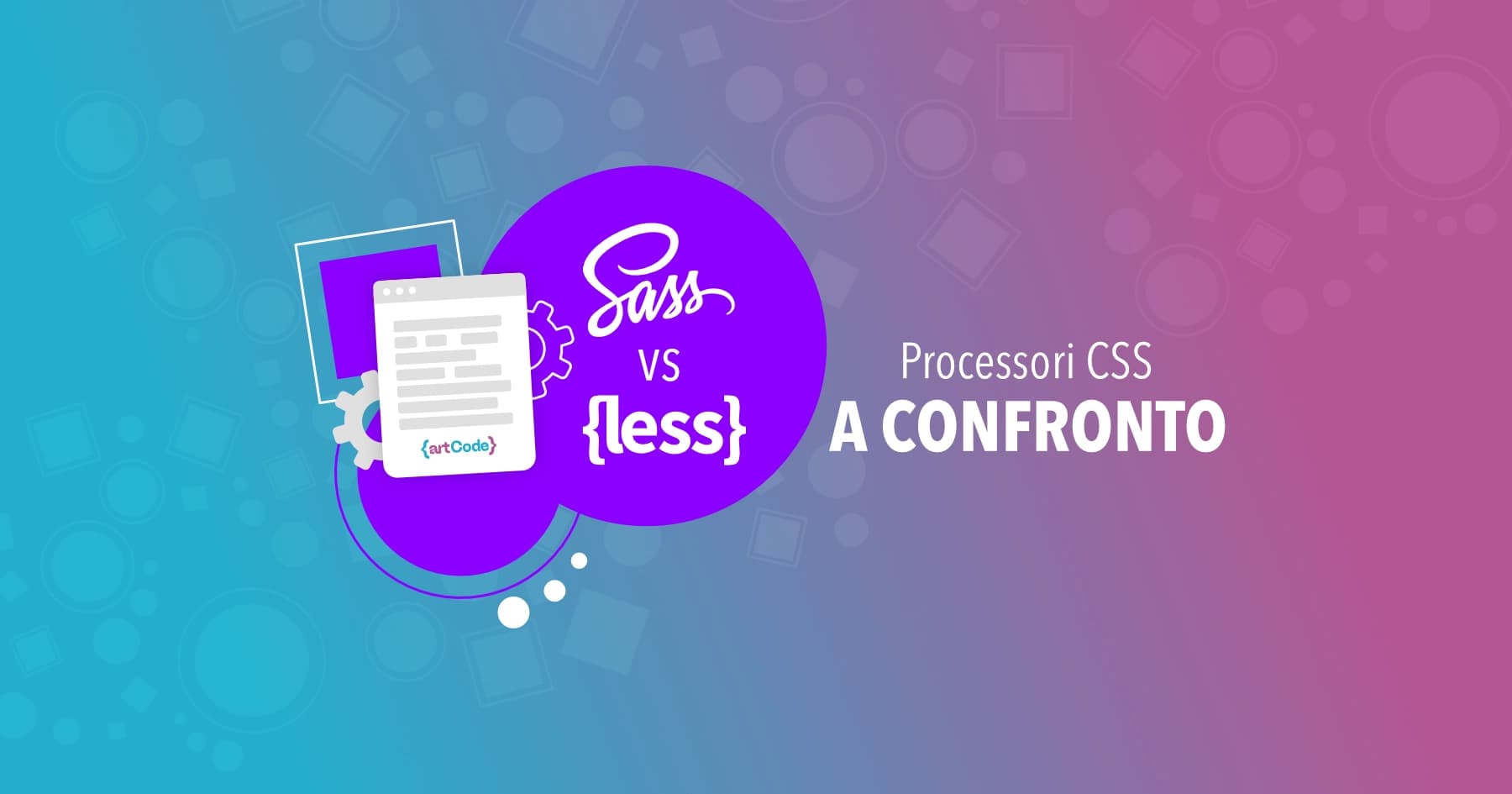SASS (Syntactically Awesome Stylesheets) and LESS are two of the most popular CSS preprocessors, offering advanced features like variables, mixins, functions, and nesting that go beyond traditional CSS limitations.
SASS: Features and Advantages
SASS, originally written in Ruby but now available in various implementations, is a preprocessor that extends CSS syntax, allowing developers to use features like variables, nesting architecture, and mixins in a more intuitive and powerful way
// SASS Example
$primary-color: #3498db;
.button {
background-color: $primary-color;
&:hover {
background-color: darken($primary-color, 10%);
}
}
This example shows how SASS facilitates the use of variables and functions (like darken to darken a color) and nesting to define pseudo-selectors, making code cleaner and more maintainable
LESS: Features and Advantages
LESS, similar to SASS, is a CSS preprocessor that allows you to write CSS more efficiently, introducing variables, mixins, functions, and nesting architecture. Unlike SASS, LESS is written in JavaScript and can run both client-side and server-side.
// LESS Example
@primary-color: #3498db;
.button {
background-color: @primary-color;
&:hover {
background-color: darken(@primary-color, 10%);
}
}
The example illustrates how LESS offers similar features to SASS, improving CSS development efficiency with tools like variables and functions for color manipulation
SASS vs LESS: Comparison
- Syntax: SASS offers two syntaxes: SASS (indentation-sensitive) and SCSS (more similar to traditional CSS), while LESS uses CSS-like syntax that may be more familiar to new users
- Performance: Performance differences between SASS and LESS are generally minimal for most projects. SASS, however, has shown in some cases to be slightly faster in compilation
- Ecosystem and Community: Both SASS and LESS enjoy a wide user community and a rich ecosystem of tools and plugins. However, SASS has gained greater popularity in recent years, with more frameworks and libraries adopting it as their default preprocessor
